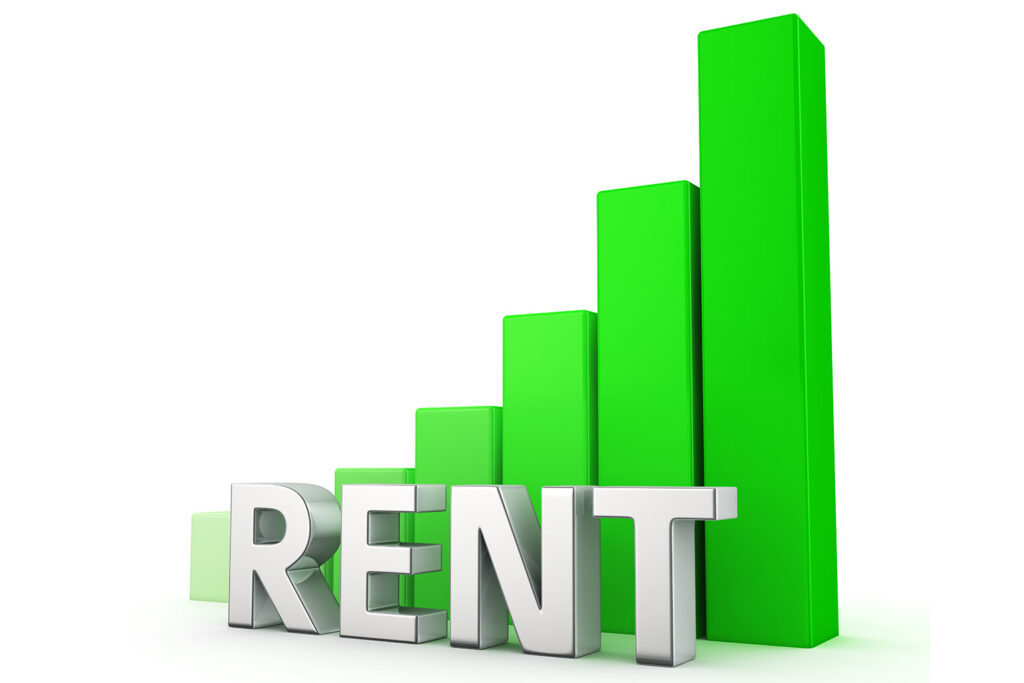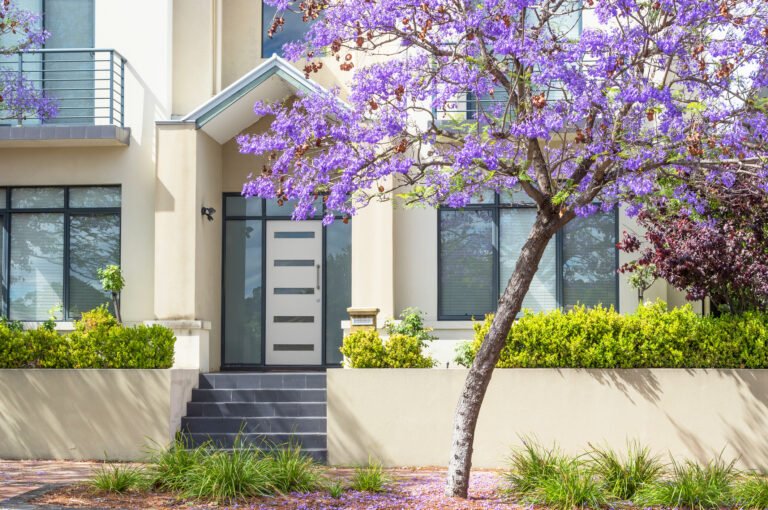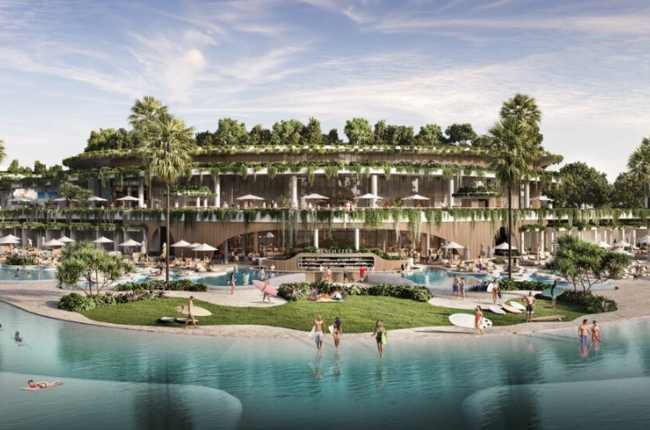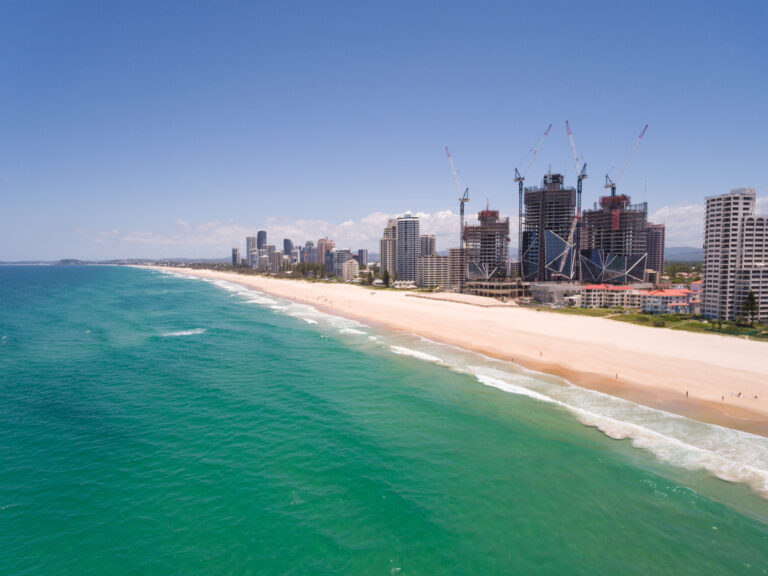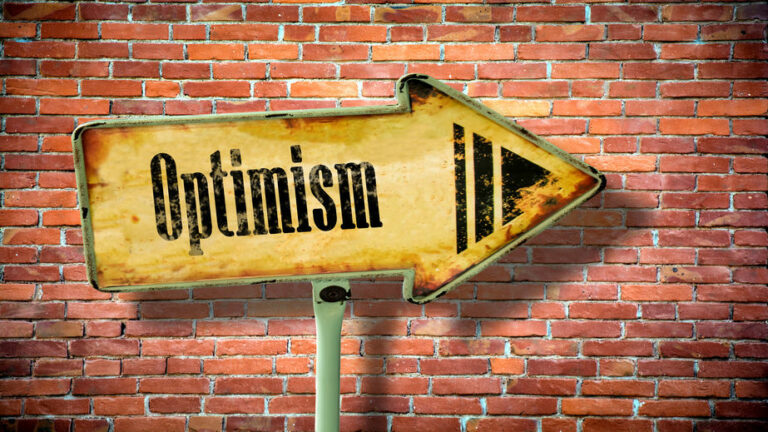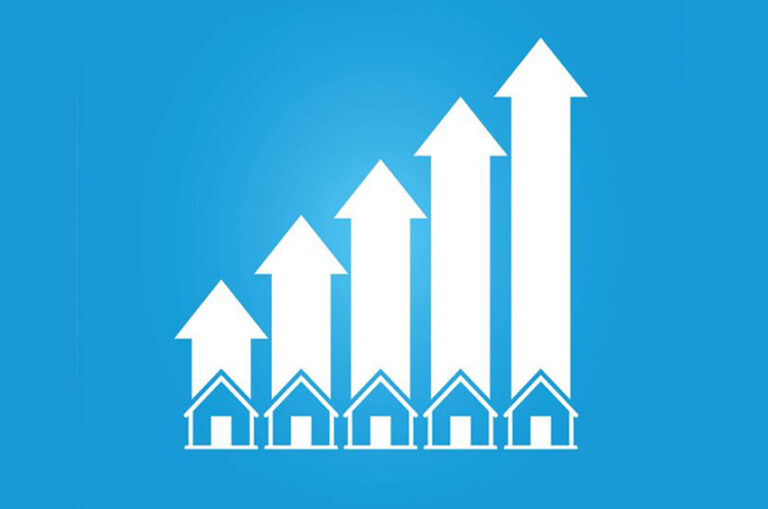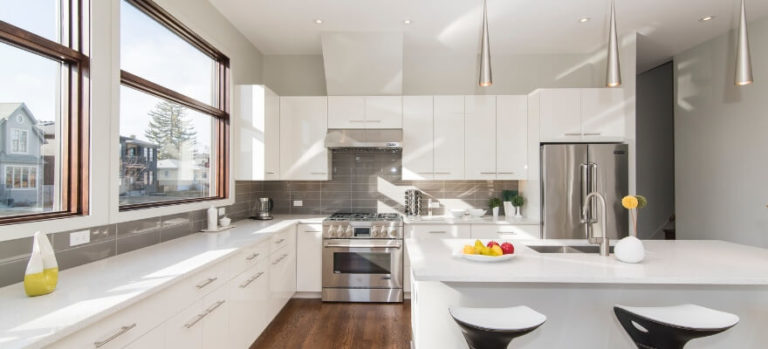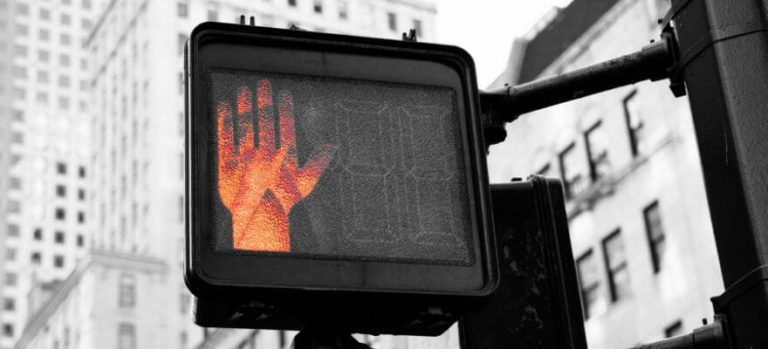Brisbane’s rocketing price growth is showing no signs of slowing, even as momentum starts to slip in some capital cities. Buyer activity in Brisbane remained high in June, with Brisbane now ranked in the top ten most liveable cities in the world, according to the Economist Intelligence Unit (EIU), and net interstate migration into Queensland exceeding 30,000 in 2020, the fastest population growth rate of all capital cities. Employment also reached a record high in Queensland with the unemployment rate now 5.4%, following a 154% increase in total job advertisements over the past year. After seeing a spike in demand throughout February and March, the REA Insights Weekly Demand Index has been steady since April 2021 across Queensland. This measures the number of people who are highly engaged with buy listings on realestate.com.au. It shows that the number of people who are highly engaged with unit listings has been higher across Queensland compared with house listings.
Gold Coast Rents Hit Record Highs
A sea-change surge has pushed the Gold Coast rents to record highs. According to the Domain Rent Report, the city recorded its strongest annual growth on record in the year to June, with the median house rent now $600 per week. In the June Quarter, the vacancy rate dropped to its lowest in history –0.4% – creating the most severe rental conditions in the country, amid reports some businesses are battling to find hospitality and retail workers due to the lack of rentals. Domain chief of research Nicola Powell says house rents are up $90 on the Gold Coast, while the median unit rent has increased $55 to $485 per week. “Landlords are cashing in on improved household budgets and increased demand,” she says. “Interstate migration is a big part of it. People moving from interstate, if they are remote working and keeping a higher paid job, might have more cash to spend on rent, so it’s likely that bidding wars are happening.”
Quote of the Week
“It would be the wrong thing to do – and I don’t think it would work. If borrowing is unsustainable we will be talking with APRA about prudential tools, but we are not going to use monetary policy to deal with rising house prices.”
Reserve Bank governor Philip Lowe, stating yet again that he won’t lift the official interest rate to slow down the property market
RBA Repeats: No Rate Rise
Reserve Bank governor Philip Lowe has assured home buyers – yet again – that he will not lift interest rates to cool housing markets. House prices have risen 15.6% nationally in the past year, says CoreLogic, with record levels of borrowing. But Lowe says there is a misconception the RBA will step in to subdue price rises by raising the official interest rate. “It would be the wrong thing to do – and I don’t think it would work,” he says. “If borrowing is unsustainable, we will be talking to APRA about prudential tools, but we are not going to use monetary policy to deal with rising house prices.” The RBA left the cash rate at a record low 0.1% at this month’s meeting and Lowe reiterated he does not expect a change until 2024. The bank wants inflation in the 2-3% target range before lifting the cash rate, which will require wage growth above 3% and a 4% jobless rate. Inflation is running at 1.1%, wage growth is 1.5% and the jobless rate is 5.1%
National Vacancy Hits 10yr Low
The national residential rental vacancy rate fell to 1.7% in June from 1.8% in May. SQM Research says this is the lowest vacancy rate nationally since May 2011. Vacancy rates continue to fall for Sydney, Melbourne, Adelaide and Hobart. Five of the eight capital cities have vacancies below 1%, headed by Darwin and Hobart (both 0.4%). Melbourne’s vacancy rate fell to 3.5% in June from 3.7% in May, while in Sydney vacancy rates dropped to 2.8% from 2.9%. Vacancy rates also fell further in the Sydney CBD (5.6%) and Melbourne CBD (5.8%), representing a return towards longer[1]term levels. Brisbane’s vacancy rate has dropped from 2.4% a year ago to 1.3% now, while Darwin has fallen from 1.8% to 0.4% and Perth is down from 1.5% to 0.9%. SQM Managing Director Louis Christopher says: “Rents are now accelerating in our larger capital cities which may have ramifications for the CPI read in the coming quarters”.
